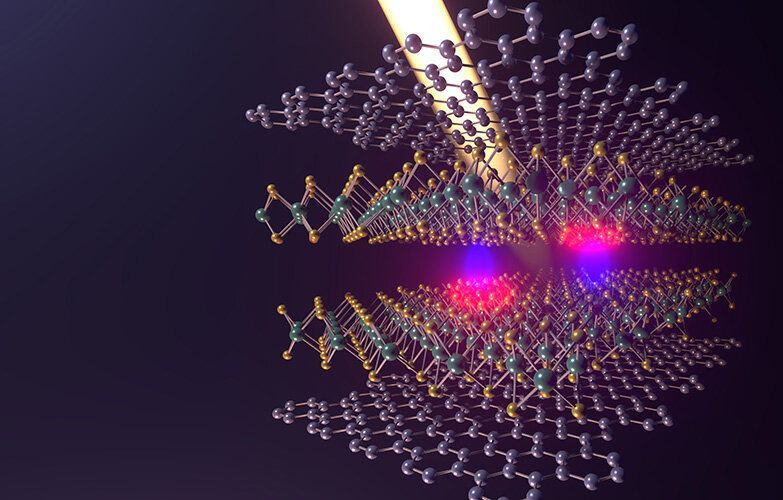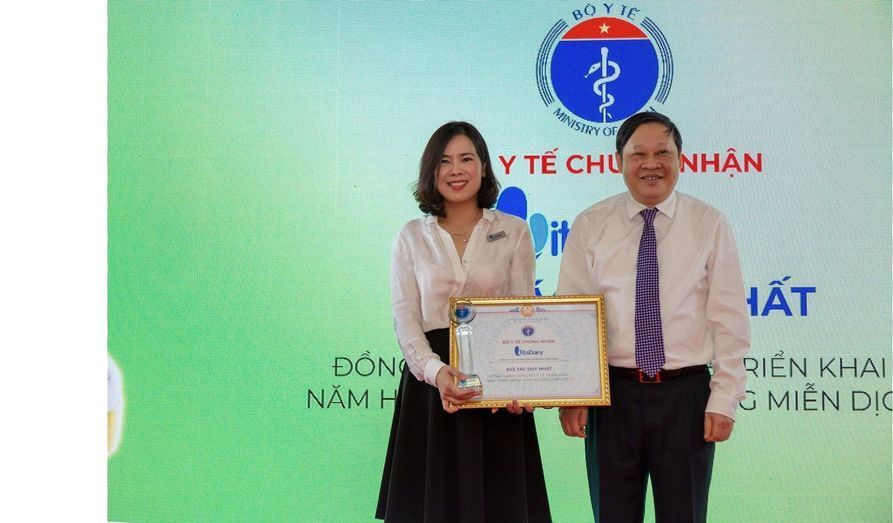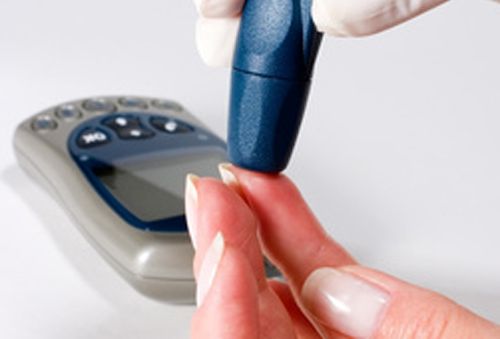Could we build a tower that reaches outer space?
Get the latest international news and world events from around the world.

Quantum researchers create an error-correcting cat
Yale physicists have developed an error-correcting cat—a new device that combines the Schrödinger’s cat concept of superposition (a physical system existing in two states at once) with the ability to fix some of the trickiest errors in a quantum computation.
It is Yale’s latest breakthrough in the effort to master and manipulate the physics necessary for a useful quantum computer: Correcting the stream of errors that crop up among fragile bits of quantum information, called qubits, while performing a task.
A new study reporting on the discovery appears in the journal Nature. The senior author is Michel Devoret, Yale’s F.W. Beinecke Professor of Applied Physics and Physics. The study’s co-first authors are Alexander Grimm, a former postdoctoral associate in Devoret’s lab who is now a tenure-track scientist at the Paul Scherrer Institute in Switzerland, and Nicholas Frattini, a graduate student in Devoret’s lab.

A highly light-absorbent and tunable material
Novel two-dimensional materials are currently a hot research topic around the world. Of special interest are van der Waals heterostructures, which are made up of individual layers of different materials held together by van der Waals forces. The interactions between the different layers can give the resulting material entirely new properties.
Double layer unlocks crucial properties
There are already van der Waals heterostructures that absorb up to 100 percent of light. Single-layers of molybdenum disulfide offer absorption capacities in this range. When light is absorbed, an electron vacates its original position in the valence band, leaving behind a positively charged hole. The electron moves to a higher energy level, known as the conduction band, where it can move freely.

The No. 1 colostrum company in Vietnam help people strengthening the immune system to contribute fighting off COVID-19
Vietnam has been one of the countries that have well managed COVID-19 pandemic with only 383 cases, and no deaths have been reported (updated on 20th July). Immune Nutrition from ColosIgG 24h colostrum is one of the factors contribute fighting off COVID-19 in VietnamnnPrior to this pandemic, being aware that strengthening the immune system is very important for health, especially for children, the Vietnamese Ministry of Health cooperated with VitaDairy Company to organise a series of seminars on Immune Nutrition in big cities. As a result, at the end of 2019 when the COVID-19 outbreak started, people understood the importance of the immune system and the value of immune nutrition from ColosIgG 24h colostrum.nn
P rior to this pandemic, being aware that strengthening the immune system is very important for health, especially for children, the Vietnamese Ministry of Health cooperated with VitaDairy Company to organise a series of seminars on Immune Nutrition in big cities. As a result, at the end of 2019 when the COVID-19 outbreak started, people understood the importance of the immune system and the value of immune nutrition from ColosIgG 24h colostrum. In addition to the seminars, Vietnamese Ministry of Health has taken many quick and appropriate actions to deal with the pandemic. Thanks to these actions, up to now, Vietnam is one of the countries that have very well managed the COVID-19 pandemic.
VitaDairy As The Ministry of Health’s Partner — “With Competence And A Strong Will”
In parallel with the seminar series, VitaDairy became the No. 1 colostrum company in Vietnam while making a hundred million dollar deal with the leading colostrum group in the US — PanTheryx — to exclusively import ColosIgG 24h colostrum to Vietnam. Joining hands to combat the pandemic, VitaDairy donated 1 million ColosIgG 24h colostrum products to the Vietnamese people and donated protective equipment to health workers with a total sponsorship of nearly 500,000 USD.

Diabetes Drug Candidate Could Offer “Distinct and Innovative” Treatment For Type 1 and Type 2 Disease
Researchers at the University of Alabama at Birmingham, and Southern Research, have identified a new drug candidate that they claim could represent a “distinct and innovative” approach to treating type 1 and type 2 diabetes. The small molecule drug, designated SRI-37330, inhibits the expression of a protein known as TXNIP—which the team had previously identified as a top glucose-induced gene—in both mouse and human islets.nnResults from the researchers’ preclinical studies suggested that SRI-37330 acts on pancreatic islet cells that produce glucagon and insulin, and also acts on the liver. The findings showed that the drug could have therapeutic effects against diabetes, in both lean and obese individuals. Tests on isolated human and mouse pancreatic islets, on mouse and rat cell cultures, and in animal models of both type 1 and type 2 diabetes, demonstrated that SRI-37330 improved diabetes-related hyperglycemia, and hyperglucagonemia; reduced the excessive production of glucose by the liver; and reduced fatty liver, or hepatic steatosis.nn
Studies showed non-toxic, orally bioavailable small molecule effectively rescued mice from models of type 1 and type 2 diabetes, and reduced fatty liver.
A full-scale prototype of the huge Starship rocket SpaceX says will fly people to the moon and Mars left the ground for the first time Tuesday in South Texas
A full-scale prototype of the huge Starship rocket SpaceX says will fly people to the moon and Mars left the ground for the first time Tuesday in South Texas, flying to an altitude of roughly 500 feet before settling on a nearby landing pad.
“Mars is looking real … Progress is accelerating,” says Elon Musk.
Mars 2020 Perseverance Rover How Many Different At This Time
Landing on Mars : February 2021
Specailty : Look for signs of past or present life and see if humans could one day explore Mars.

Deepfakes declared top AI threat, biometrics and content attribution scheme proposed to detect them
Biometrics may be the best way to protect society against the threat of deepfakes, but new solutions are being proposed by the Content Authority Initiative and the AI Foundation.
Deepfakes are the most serious criminal threat posed by artificial intelligence, according to a new report funded by the Dawes Centre for Future Crime at the University College London (UCL), among a list of the top 20 worries for criminal facilitation in the next 15 years.
The study is published in the journal Crime Science, and ranks the 20 AI-enabled crimes based on the harm they could cause.